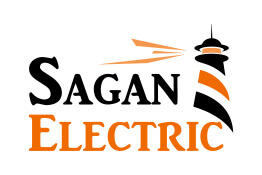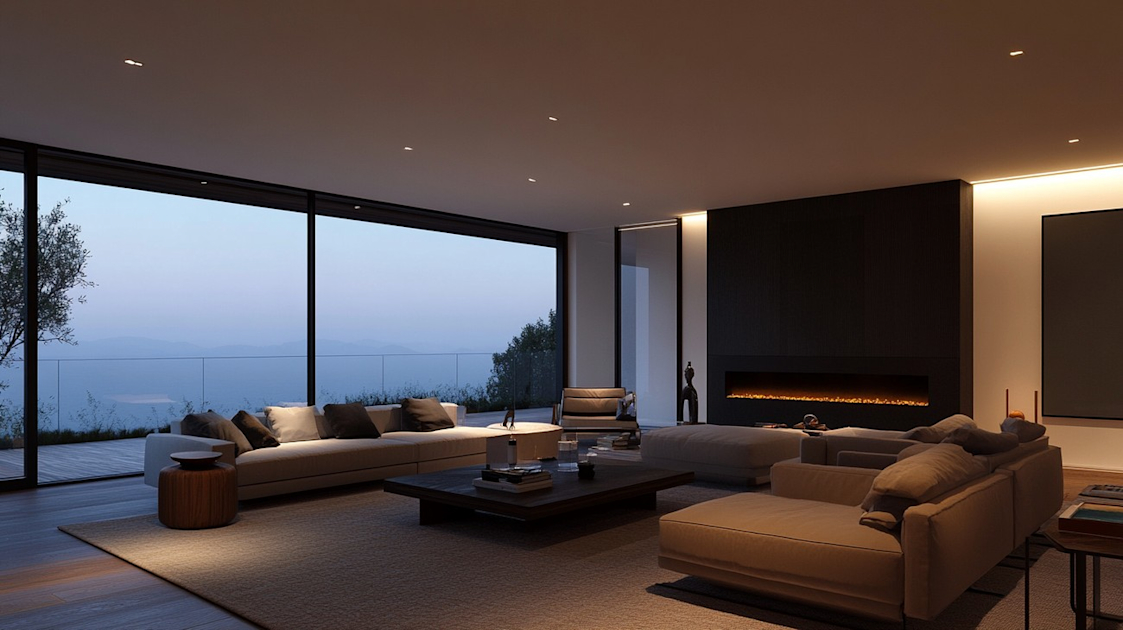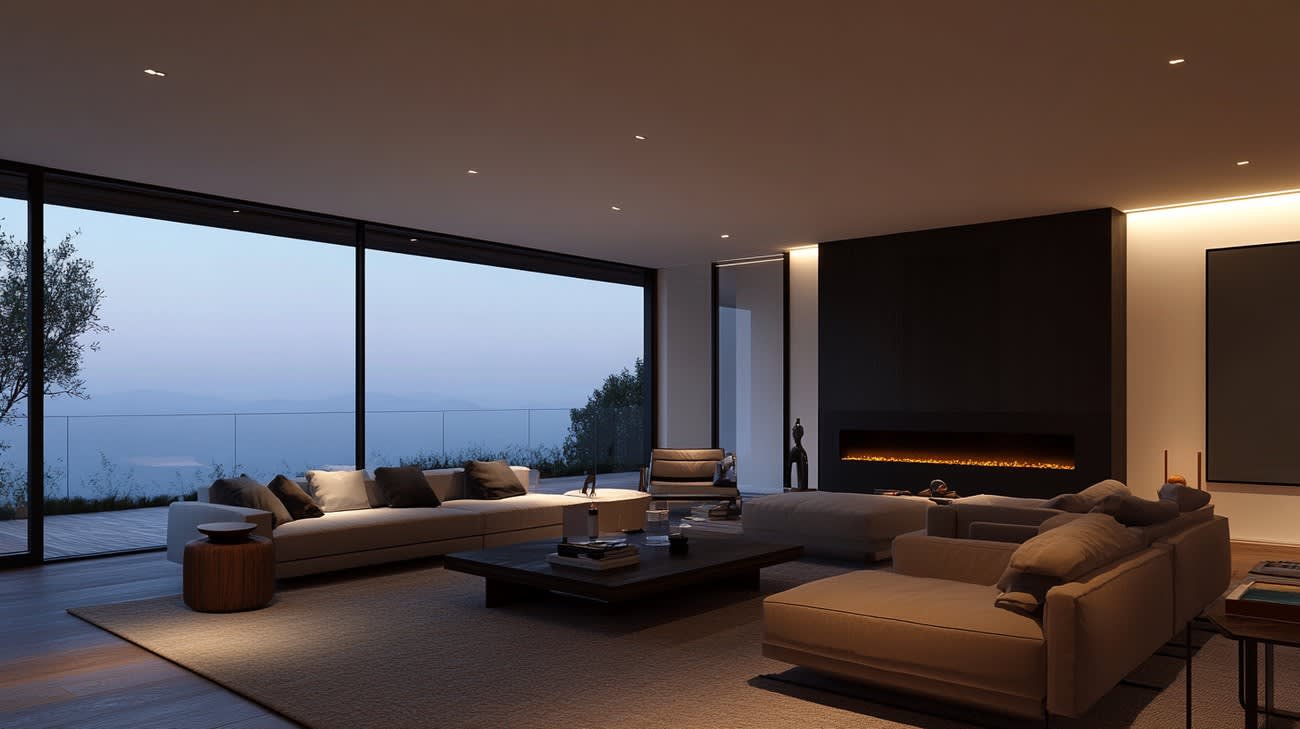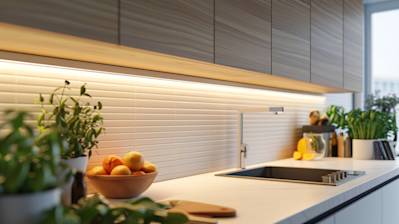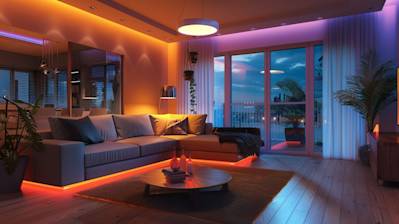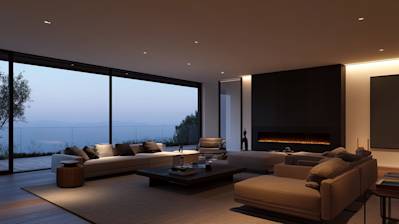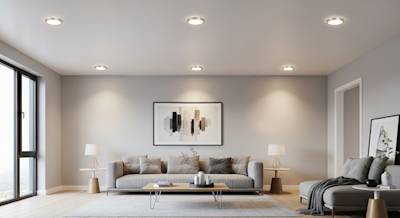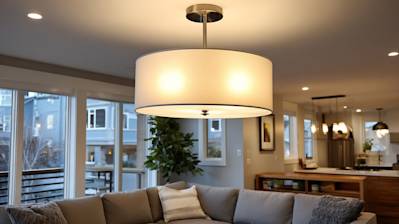In today's energy-conscious society, LED lights have gained immense popularity due to their energy efficiency and longevity. But how long do LED lights actually last? That's a question many homeowners and businesses grapple with when considering the switch to LEDs. In this article, we delve deep into the lifespan of LED lights and factors that influence it, giving you all the information you need when making your lighting choices.
Retooling Your Understanding of LED Lights
Before we dive into the specifics of their lifespan, let's do a quick recap of what LED lights are. LED, which stands for Light Emitting Diode, is a lighting technology that uses semiconductors to produce light. This differs from traditional incandescent and CFL lights, which use filaments and gas, respectively.
Lifespan of LED Lights
One of the greatest selling points for LED lights is their extended lifespan. On average:
- Incandescent lights last about 1,200 hours
- Halogen lights last approximately 2,000 hours
- Compact Fluorescent Lights (CFLs) last up to 8,000 hours
- LED lights can last up to 50,000 hours
In other words, if you run an LED for about 8 hours per day, it would likely last over 17 years. So, the initial cost of an LED light is often offset by its long-lasting ability.
What Influences the Lifespan of LED Lights?
When we talk about the longevity of LED lights, it's crucial to remember that their actual lifespan could be shorter or longer depending on some key factors:
1. Quality of the LED
Not all LED lights, or their components, are created equal. High-quality LEDs tend to have a longer and more efficient lifespan than their cheaper counterparts. Be wary of ultra-cheap LEDs; they may save you money in the short term, but may not offer the same lifespan or efficiency, leading to higher running costs over time.
2. Heat Management
LED lights, like all digital devices, don't perform well under prolonged high temperatures. LEDs with excellent thermal management, which helps to cool the LEDs during operation, will last much longer than those without heat-controlling features.
3. Driver Quality
The driver converts input power into the correct current and voltage for the LED to work. If the driver fails, the LED fails. Therefore, the quality and suitability of an LED's driver can hugely impact its lifespan.
Lumen Depreciation: Defining LED Lifespan Correctly
Unlike conventional bulbs, LEDs typically fade slowly over time instead of abruptly burning out. This phenomenon is known as lumen depreciation. The most common definition of LED lifespan is the point at which the LED reaches 70% of initial lumens (L70). This makes understanding lumen depreciation critical for both consumers and manufacturers.
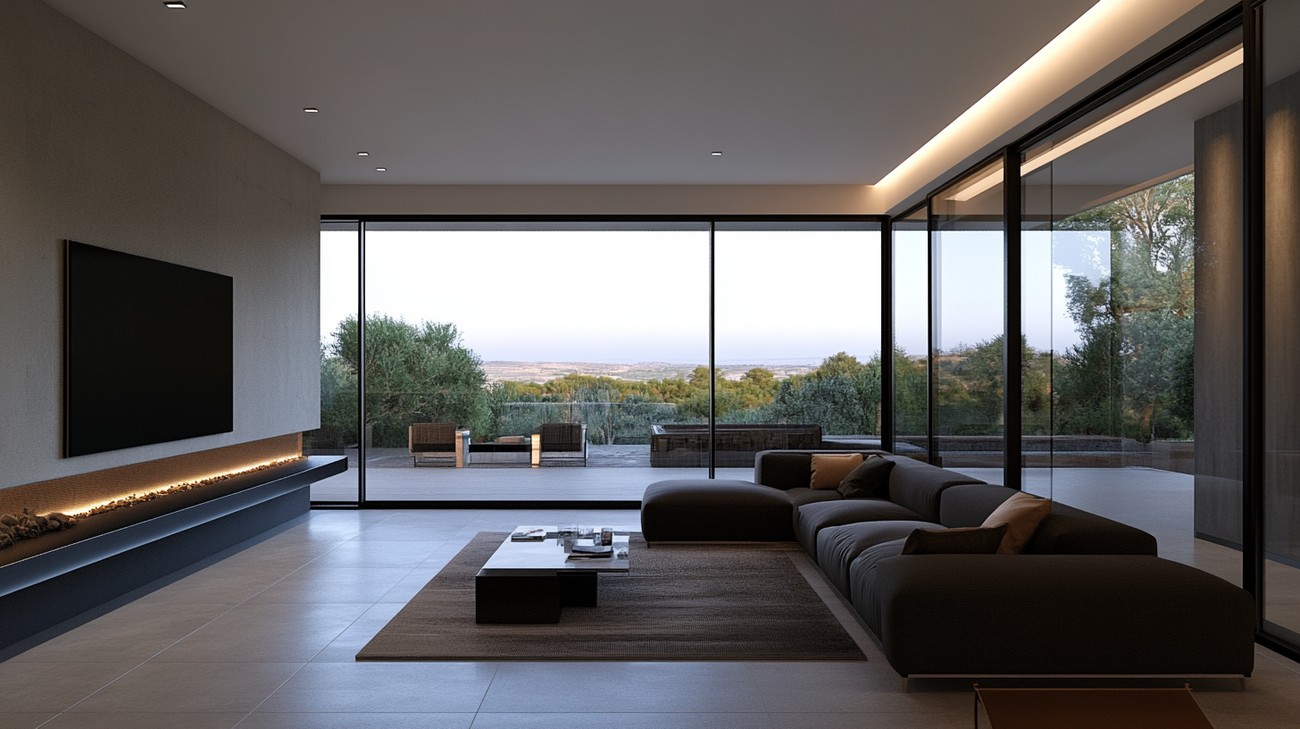
Frequently Asked Questions about How Long Do Led Lights Last
What Factors Influence How Long LED Lights Last?
Many factors can influence the lifespan of LED lights. The most significant influencers include the manufacturing quality, the amount of time they are powered on, and the environment they are placed in. Power surges, excessive heat, and poor-quality components can all reduce an LED light's lifespan.
Is the “On and Off” Frequency Affecting the Longevity of LED Lights?
Yes, the frequency of turning your LED lights on and off can affect their longevity. LEDs are at their most vulnerable during the initial moment of being switched on. Hence, repeated start-ups within a short period may result in a reduced lifespan. However, under standard household usage, this would rarely impact LED lifespan significantly.
Do LED Lights Get Dim Over Time?
Yes, LED lights do get dim over time. However, unlike traditional incandescent bulbs that fail entirely when the filament breaks, LEDs usually fade gradually. ‘Lumen depreciation’, as it is known, is a characteristic of LED lights where the brightness of the LED decreases with use.
How Can I Prolong the Life of My LED Lights?
Improving the longevity of your LED lights can be achieved through good care and correct usage. This includes using quality lights, installing them properly, keeping them clean, not overloading the circuit, and avoiding frequent on-off cycles. Moreover, using LED lights in a cool, dry environment can also extend their lifespan.
Can the Color of LED Light Affect Its Lifespan?
Not exactly. The color of an LED light does not directly impact its lifespan. However, different color LEDs can have varying lifespans based on the semiconductor materials used to produce specific colors.
Does the Brightness Level Affect How Long LED Lights Last?
The brightness level can influence how long LED lights will last. Operating LEDs at lower brightness levels usually helps to preserve their lifespan since it allows them to operate at a lower temperature.
How Long Do LED Christmas Lights Last?
LED Christmas lights have a remarkable lifespan. If used for 12 hours a day, they can last for more than 40 holiday seasons. This longevity, combined with their energy efficiency, makes them a great choice for festive decoration.
How Long Do LED Car Lights Last?
LED lights used in cars commonly last between 12,000 and 15,000 hours. That's significantly longer than traditional halogen or HID headlights. However, the exact lifespan depends on how often the lights are used.
Why Are My LED Lights Failing Early?
There are several reasons why your LED lights may be failing earlier than expected. It could be due to poor quality, improper installation or wiring, or a mismatch between the lamp and the driver. Overheating can also cause premature failure, as LED lights mostly fail due to heat-related issues.
Can Replacing LED Lights Frequently Affect Their Longevity?
No, the act of replacing LED lights will not impact the lifespan of the new LED bulb. However, it's essential to ensure correct installation and compatibility with fixtures and drivers, as these could affect their operation and longevity.
How Long Do LED Strip Lights Last?
LED strip lights have an impressive lifespan, with most lasting between 25,000 and 50,000 hours. This means that, hypothetically, if you were to leave your LED strip lights on continuously, they'd last for up to six years (using the 50,000-hour standard). However, the actual lifespan would depend on how often they are used.
How Long Do Solar LED Lights Last?
Solar LED lights typically last about 30,000 to 50,000 hours. It equates to around three to ten years, depending on how often they're used. The battery life of solar lights, however, can be shorter and may need to be replaced over time.

Pros of Long-Lasting LED Lights
Energy Efficiency
Lower Energy Consumption
LED lights are renowned for their energy efficiency. They consume about 75% less energy than incandescent lighting, making them an excellent choice for homeowners and businesses looking to conserve energy. Due to this reduced energy consumption, LED lights can last up to six times longer than other types of lights.
Reduced Replacement Frequency
Lower Maintenance Costs
As LED lights last longer, they don't need to be replaced as often as regular bulbs. This is especially beneficial in commercial settings where the time, disruption, and costs associated with changing bulbs regularly can indeed be significant. As such, the longevity of LEDs can result in substantial savings in both time and money over the long run.
Greater Convenience
Beyond the cost perspective, having lights that last longer means less hassle. The inconvenience of continually swapping bulbs in hard-to-reach places is minimized. For example, using longer-lasting LED lights in outdoor lighting fixtures, tall ceilings, or landscape lighting can be a significant relief.
Environmental Benefits
Reduced Carbon Footprint
Using LED lights that last longer can also contribute to a reduced carbon footprint. Since LED lights use less energy than other types of lighting, they produce fewer greenhouse gas emissions. The extended life span of LED lights means less production of replacement bulbs, translating into less energy used in manufacturing processes.
Less Waste Generation
Longer-lasting lights result in less waste too. As you replace your bulbs less frequently, you are also contributing less to the landfill. Some LED lights are also recyclable, providing an additional environmental benefit.
Cons of Long-Lasting LED Lights
Initial Cost
Higher Purchase Price
Despite the long-term savings, the initial cost of LED lights can be a deterrent for some people. LED lights are generally more expensive to purchase than traditional incandescent or compact fluorescent bulbs. While the expense can be amortized over the life of the LED light, it requires an upfront investment that some may not be willing or able to make.
Temperature Sensitivity
Lifespan Dependent on Environment
LED lights are sensitive to temperature. In very hot conditions, the lifespan of LED lights can be significantly reduced. Therefore, in certain climates or applications, LED lights may not last as long as they are rated for, which is something to consider when deciding on the type of lighting to use.
Dimming Issues
Limited Dimming Capability
While many LED lights are labeled as dimmable, their compatibility with traditional dimmers can be hit or miss, sometimes causing flickering or reduced lifespan. It requires thorough research to ensure the LEDs you get are fully compatible with your existing or planned dimming setup.
Light Quality Variations
Color Rendering Index
LED lights can sometimes render colors differently than incandescent or natural light, which could change the ambiance in a room. Even though the technology has improved over the years, some people still prefer the quality of light from older types of bulbs. If light quality is a significant factor for you, it might take some time and effort to find the right LED lights.
Obsolescence
Rapid Technological Progress
LED technology is rapidly evolving, meaning even more efficient and long-lasting bulbs might become available after you've made your investment. As such, your long-lasting LEDs might become obsolete, and you could miss out on the benefits of newer models.

Myths and Misconceptions about LED Lighting Lifespan
Myth 1: LEDs Last Forever
Unraveling the Myth
One of the most common misconceptions about LED lights is that they last forever. This myth has taken hold because compared to traditional incandescent lights, LED's indeed have a much longer lifespan. While it's true they last longer than their traditional counterparts, they do not last forever.
The Reality
An average LED light is rated to last for about 20,000 to 50,000 hours. This duration, however, is based on ideal conditions, meaning the LEDs are not subjected to extreme temperature fluctuations, and the light is not on all the time. The actual lifespan of the LED may be shorter due to these and other factors.
Myth 2: The Brightness of LED Lights Doesn't Dim Over Time
Unraveling the Myth
Unlike incandescent bulbs that burn out abruptly, LED lights are said to have a 'lumen depreciation', meaning they gradually dim over time instead of abruptly failing. However, some people misconstrue this to mean that LEDs maintain their brightness forever.
The Reality
LED lights do lose their brightness over time, known as lumen depreciation. As they age and wear out, LED lights will diminish their output, which reduces their brightness. This process is slower in LEDs compared to traditional light sources but does occur nonetheless.
Myth 3: LEDs are Not Affected by On/Off Cycles
Unraveling the Myth
LEDs are often touted as being exempt from wear and tear due to frequent on/off cycling. It is generally believed that unlike traditional incandescent or fluorescent lamps, their lifespan isn't significantly affected by the number of times they are switched on and off.
The Reality
While it's true that LEDs are more resistant to the damaging effects of being frequently switched on and off, they aren't completely immune. Frequent on/off cycling can over time impact an LED lamp's integrity and shorten its lifespan, though the effect is substantially less than for incandescent or fluorescent lights.
Myth 4: All LEDs Last the Same Duration
Unraveling the Myth
Many people believe the notion that all LED lights last the same duration. This misconception is based on the generalization of the average longevity of LED lights, often quoted as around 25,000 to 50,000 hours.
The Reality
The truth is, not all LED lights are made the same. The quality of the LED chip, the design of the light fixture, the efficiency of the driver circuit, and the thermal management design can all affect an LED light's lifespan. Therefore, cheaper LED lights with poorer quality components may not last as long as more expensive, high-quality ones.
Myth 5: Heat Does Not Affect LED Lifespan
Unraveling the Myth
Considering that LEDs produce a lot less heat compared to traditional lighting options, they're often considered immune to heat-related lifespan reductions. It is widely believed that LEDs remain cool and thus heat does not affect their lifespan.
The Reality
While LEDs generate significantly less heat than incandescent or halogen bulbs, they're not impervious to heat damage. High operating temperatures can cause damage to an LED's circuitry, reducing its lifespan. Moreover, poor heat dissipation can lead to overheating, which can significantly decrease the LED’s working life.
Myth 6: LEDs are Maintenance-Free
Unraveling the Myth
Many people are under the illusion that owing to their long lifespan, LED lights are completely maintenance-free throughout their life.
The Reality
While it's true that LEDs require significantly less maintenance than conventional lights, they're not entirely maintenance-free. Dust and debris can accumulate on the lights over time, causing them to dim. Hence, periodic cleaning to maintain optimal light output is recommended. Additionally, the driver electronics may fail before the LED itself, requiring replacement. Consequently, like any other product, LED lights also need to be properly maintained to ensure a long, productive service life.
By dispelling these common misconceptions about LED lights, we can have a more realistic understanding and appreciation for this modern, energy-efficient lighting technology. Definitely, LEDs last longer than traditional lighting fixtures, but they are not exempt from physical laws and limitations.
Summary
Back on the topic of "how long do LED lights last," well, they've got a pretty impressive lifespan. Most LED lights can deliver up to 50,000 hours of continuous lighting. That's nearly six whole years if you never switch it off. Even if you use it for just around eight hours a day, they can last for up to 17 years. Now, that's a good bang for your buck!
LED lights, with their surprising durability, have revolutionized the way we perceive lighting. When asked, "how long do LED lights last?" you now know the answer is a lot longer than the traditional bulbs. This longevity undoubtedly contributes to their consideration as a more cost-effective, and environmentally friendly lighting option. Plus, you also save on maintenance costs because you don't have to keep changing blown bulbs.
By now, we've realized that the question "how long do LED lights last" isn't as straightforward as it seems, since the lifespan can also depend on other factors such as heat and brightness settings. It's not designed for continuous high-heat conditions nor should it be turned to the highest brightness setting all the time, as these can shorten its lifespan. But, even with these factors, LED lights still shine brighter and longer than conventional ones. In the game of lights, LEDs are definitely winning!
About Sagan Electric
Sagan Electric is a locally-operated business based in the sunny state capital of Sacramento, CA. We're a passionate team of electrical professionals dedicated to providing top-notch services to our beloved community. Big job or small, residential or commercial, we've got the experience and passion to take on any electrical challenge. We pride ourselves on delivering top quality workmanship and excellent customer service. With Sagan Electric, you can trust that you're in skilled and capable hands. We're not just your average electricians, we're your neighbors too!
Tags: LED lights, longevity, lifespan,
